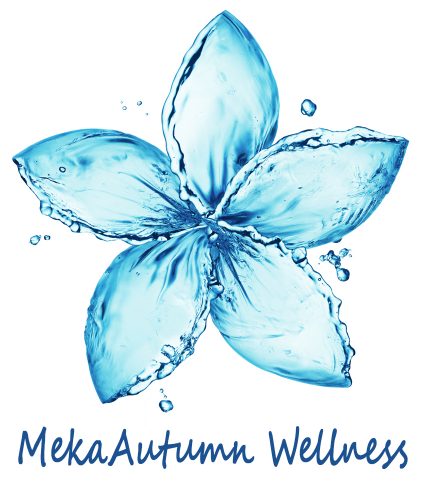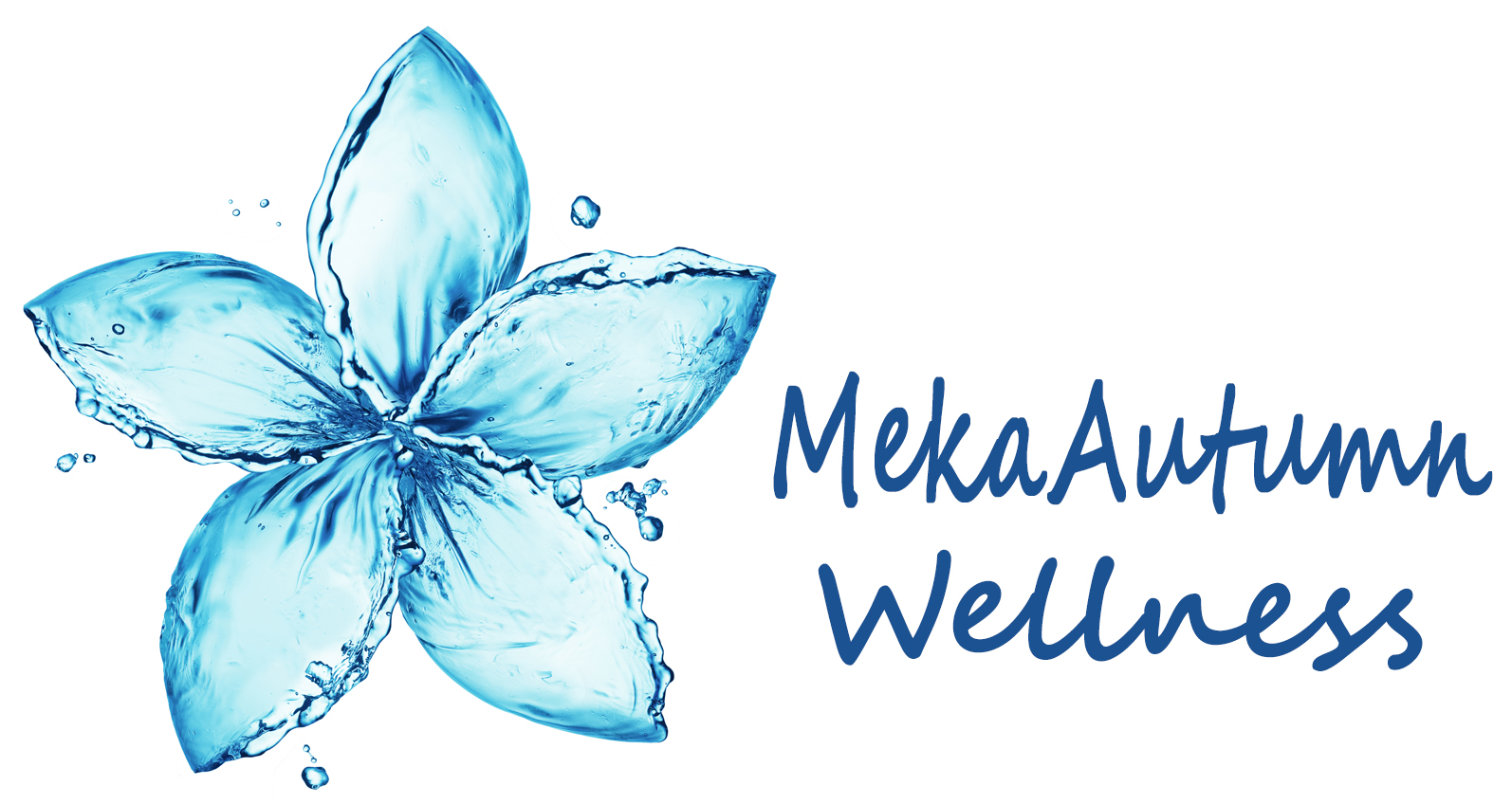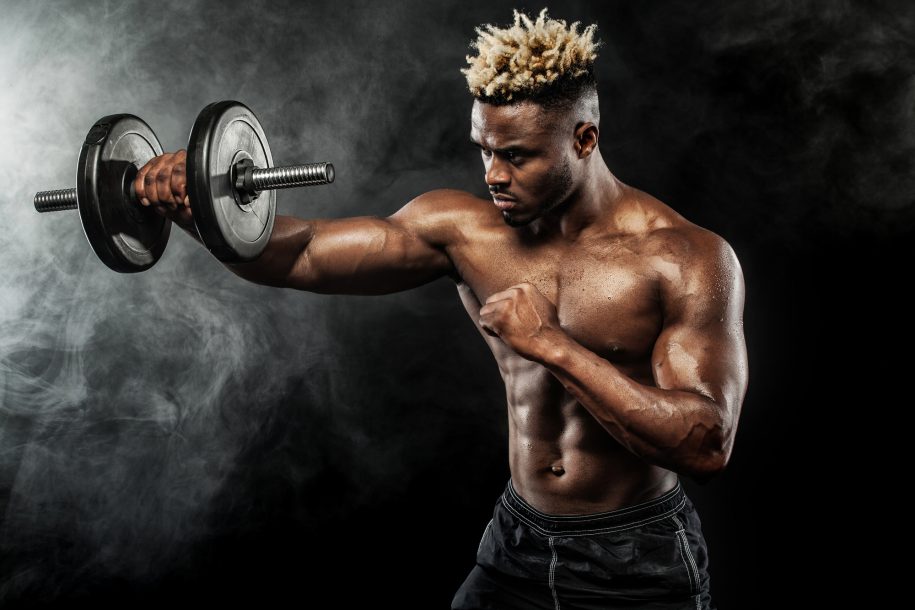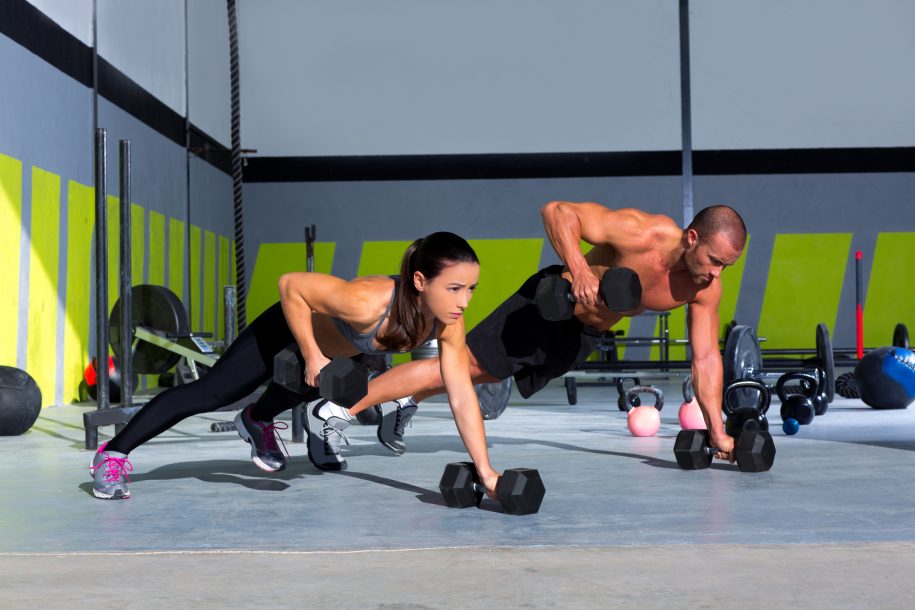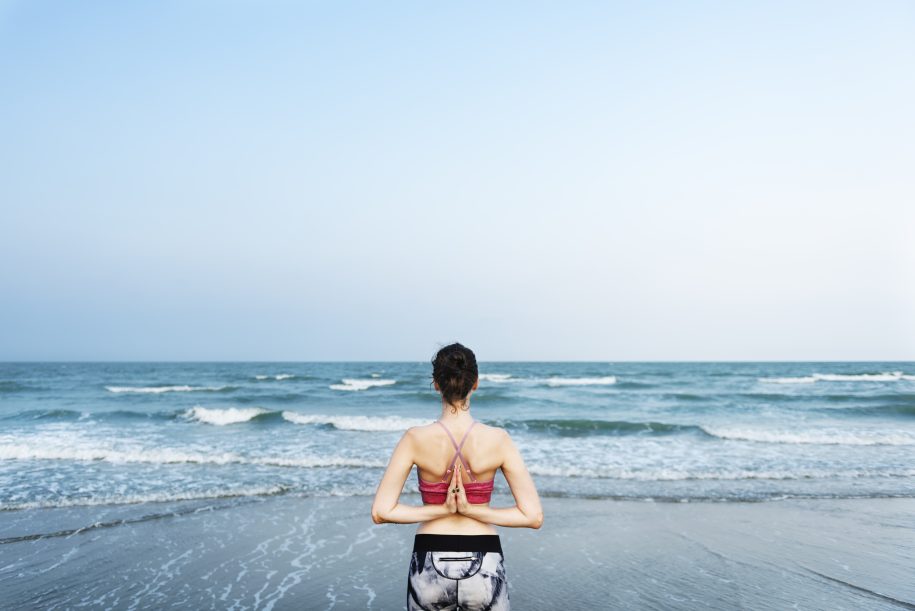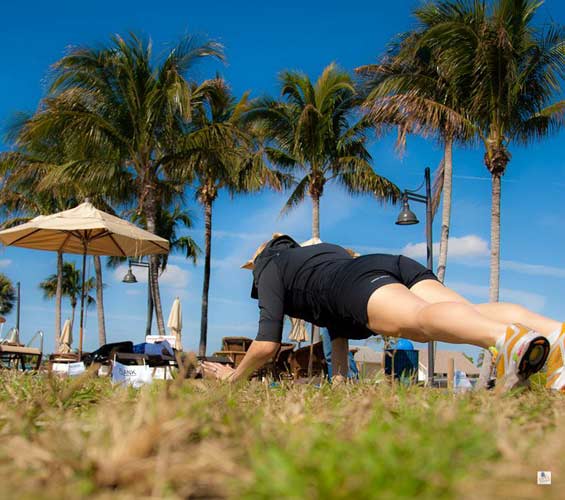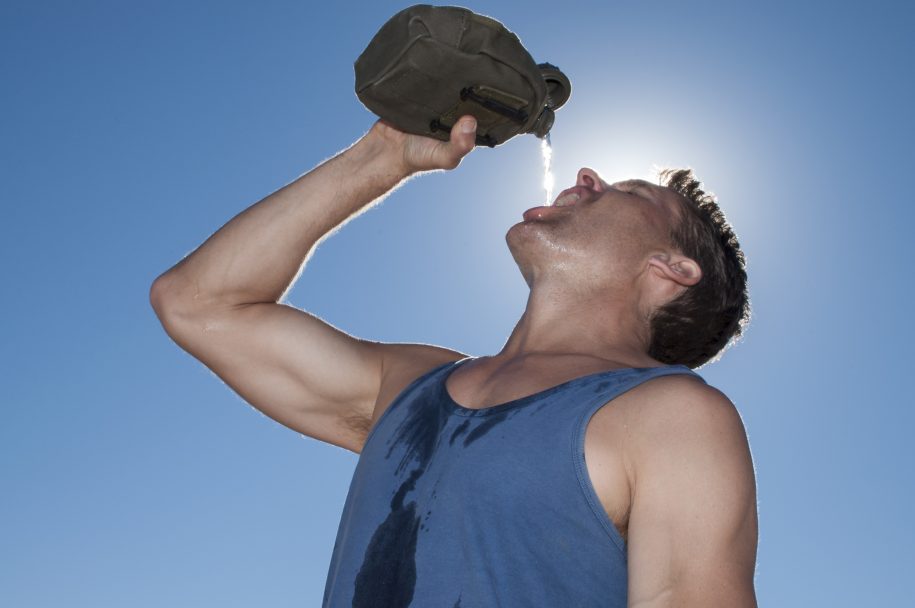
Thirsty?
SAILING FIT
By: Meka Taulbee
ACE Certified Personal Trainer
SAILFIT Inc
Thirsty?
It’s true I’m always pushing water on everyone in an attempt to keep all of you hydrated. I know that many of you would prefer something other than water. Maybe a different flavor or something that tells you that it will give you more energy. It’s not my practice to tell you which product to choose but rather to educate you on what some of the facts are. Then you can make a more educated decision when choosing what product is right for your body.
I took a look at some of the more popular products that I see sailors, especially youth sailors; take out on the water with them. Gatorade, POWERade and Propel Fitness Water are among some of the top choices. All of them say that they will help you reach you’re “A” game. With the exception of Propel, the majority of these drinks advertise themselves as a Carbohydrate-Electrolyte beverage. Propel Fitness Water describes itself as a lightly flavored water. They all claim to be packed with an array of additional B vitamins, sodium and potassium. You may ask if these vitamins are so special where else can you get them besides these drinks. B Vitamins are found in milk, cheese, meat, green vegetables and whole grains (just to name a few). Sodium is simply salt and one of the more commonly known sources of Potassium is bananas.
I went to the websites of all of these products and I found that none of them would list what the actual ingredients in their products are. This really made me wonder because during practice for a big regatta a few years back I watched a sailor I know place a bottle of one of these drinks on a picnic table before he went out. He forgot the bottle and when he came back a few hours later the red drink he placed their was now clear in color. My first thought was “what does that do inside my body?” and my next thought was what’s in that stuff?” Well I personally vowed to never put it in my body because the reaction it had to the sun just wasn’t natural, but I did investigate what was in there that made it do that.
The first ingredient is water. Ok- Not bad. The human body is made up of between 60-70% water so it makes sense to replace lost water with more water. Next is high fructose corn syrup or sucrose syrup. For anyone who may not know those are just big words for sugar. Since ingredients are listed from the most amount of that ingredient present to the least amount that would make sugar the second runner up to water. Now we have glucose-fructose syrup and citric acid. Seeing as our bodies make glucose our bodies easily metabolize it as well. Sucrose is glucose and fructose stuck together and better for the body than high fructose corn syrup, but when both are listed it seems like a little overkill to me. That’s just my opinion. Citric acid, well last I checked oranges and orange juice were a great source for that. Natural flavors seemed to come next. I’ve never been sure what the natural flavor is supposed to be or taste like, but hey at least they threw some in and seeing as salt followed there is more natural flavor than salt. Wait sodium citrate came after salt! Isn’t that what these drinks are meant to do. Replace lost salt? How come they are almost at he end of the list? Let’s see what’s next. Monopotassium phosphate. That must be the potassium that they say is added to help reach your “A” game. According to Wikipedia “Monopotassium phosphate (also potassium dihydrogen phosphate, KDP, or monobasic potassium phosphate, MKP) — KH2PO4 — is a soluble salt which is used as a fertilizer, a food additive and a fungicide. It is a source of phosphorus and potassium. It is also a buffering agent. When used in fertilizer mixtures with urea and ammonium phosphates, it minimizes escape of ammonia by keeping the pH at a relatively low level” Anything that can be used as fertilzer is not what I am looking for in an athletic drink. It looks like they have saved the best for last. Yellow 6, blue 1 or red 40(depending on the color of your drink) ester gum and brominated vegetable oil. Brominated vegetable oil? Do you really want to drink that?
One of the companies claims that their product out performs water. With those ingredients it’s hard for me to see how. Again, that’s just my opinion. It makes you wonder what type of science is behind these drinks. Well, POWERade is made by the Coca-Cola Company. Enough said there. Propel is made by Gatorade and if they are claiming to just add flavor to your water(with sugar no doubt) then I say add some lemon or a splash of all natural fruit juice. Gatorade was interestingly enough created to help the Florida Gators. Gatorade has put a lot of research into what would help their Football team and has taken that and expanded to other sports. Keeping in mind that these products are created for the masses and need to have an extended shelf-life I can understand why they put some of the ingredients they do in there. On the other hand I personally don’t believe that is what‘s “best” for the body.
Drinks like these do have their place for some athletes and some sports. I don’t mean to completely knock them, but for sailing I don’t believe these are what is best for the sailor. I don’t feel that one generic drink can help every athlete from every sport refuel and stay at peak levels. Each individual is different and each individual should have a drink that is tailored to them and what makes their body perform the best. There are many products out there that you can add to your water to help you recover faster, stay energized and stay smarter on the race course. I know that going through all the information and products that can seem a bit over whelming and time consuming, but that’s what I’m here for. Ask away and I’ll help you out.
When choosing your on the water cocktail keep in mind the reason you are choosing it. Is it for flavor, for energy, for recovery or for hydration? Look at the ingredients and see if it will help you achieve your goal. If you can’t pronounce the ingredient chances are you probably don’t need it! If you are really partial to one of these drinks try diluting it, half and half, with water. Better yet try mixing all natural fruit juice with water. Most importantly stay hydrated. It will lead to less injury and better decisions on the racecourse. Therefore better results!
I’ll do my best to answer any questions you may have on any topic. If you want me to address a certain topic, let me know and I’d be happy to. You can always reach me at www.sailfit.com or meka@sailfit.com.
